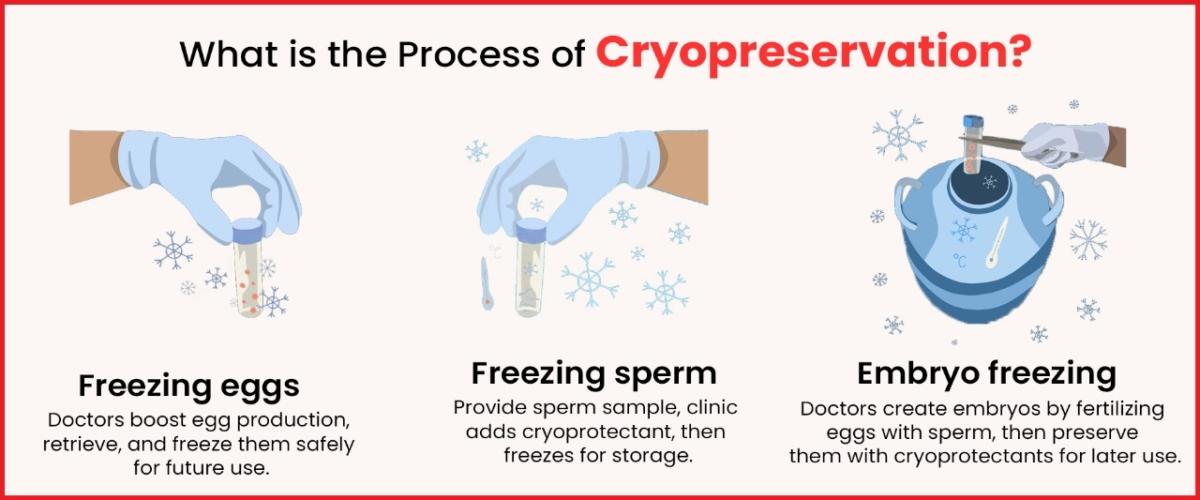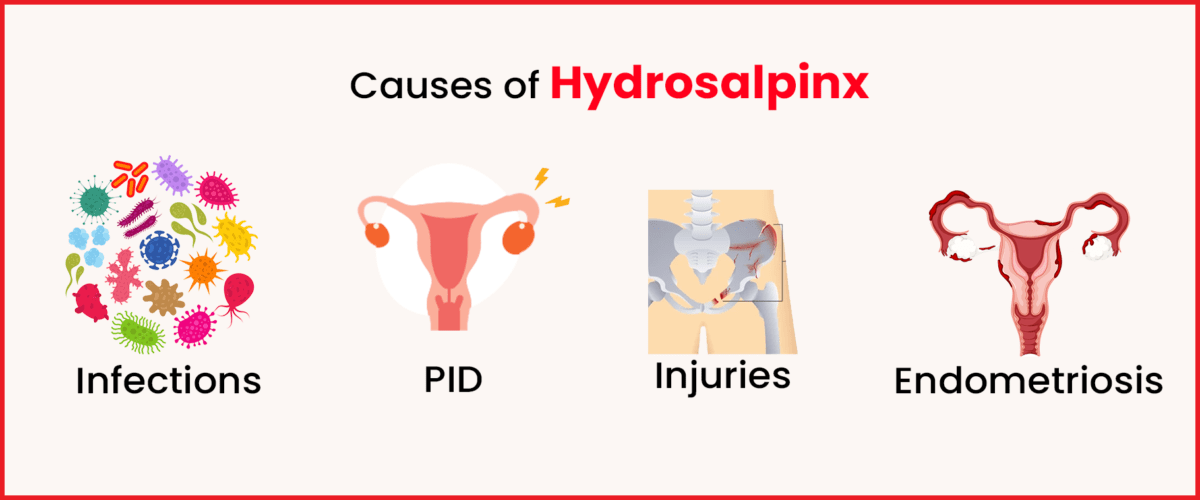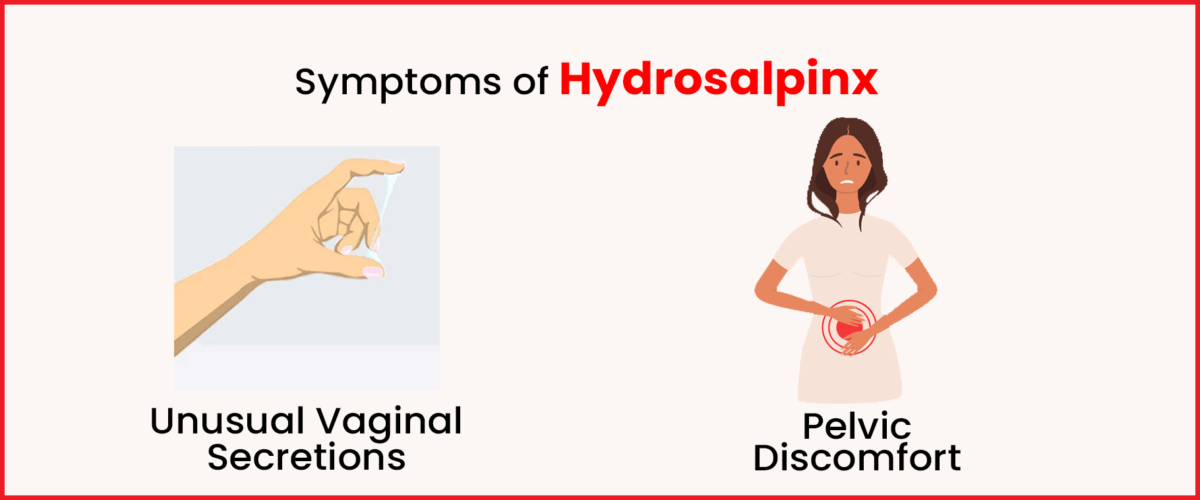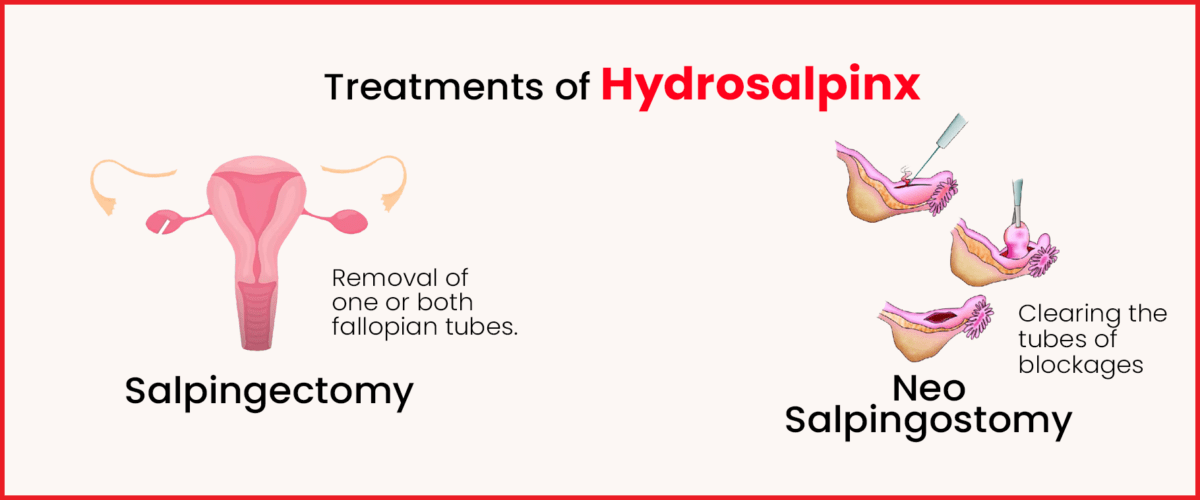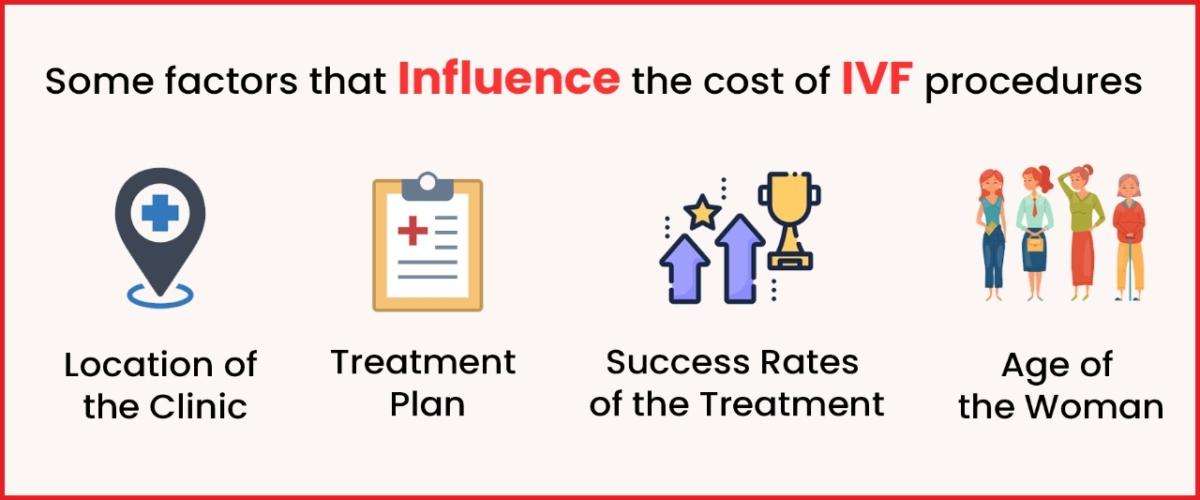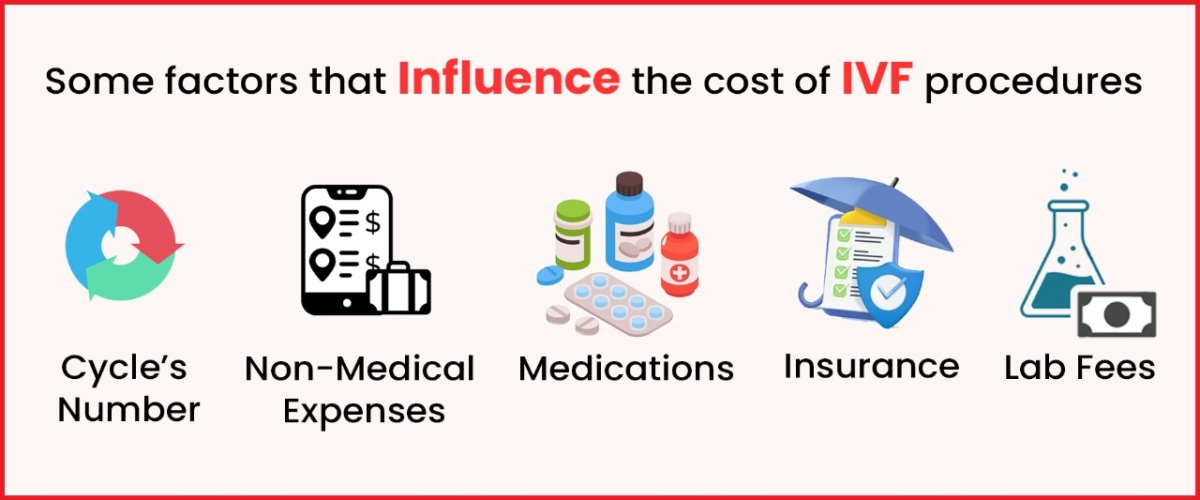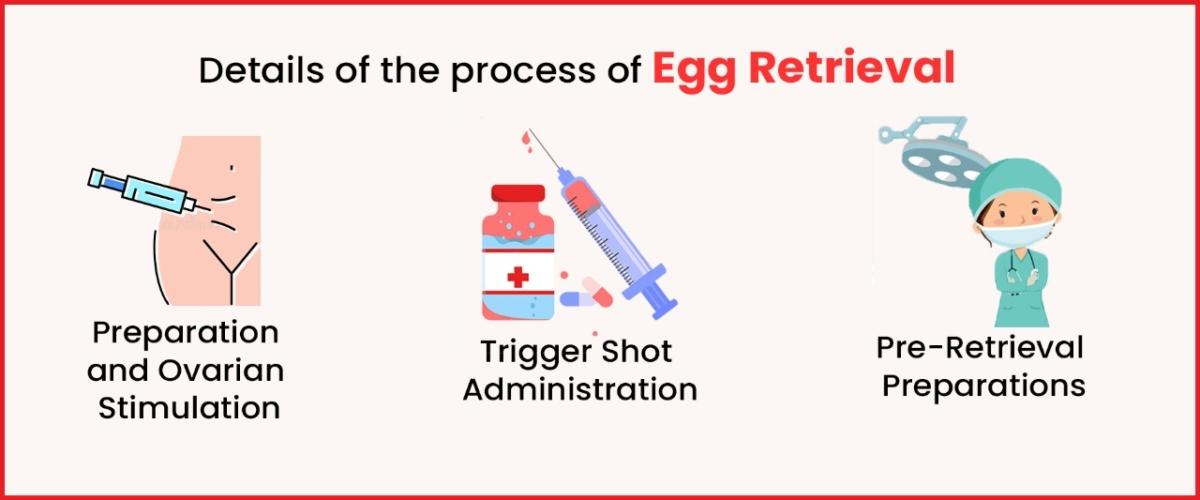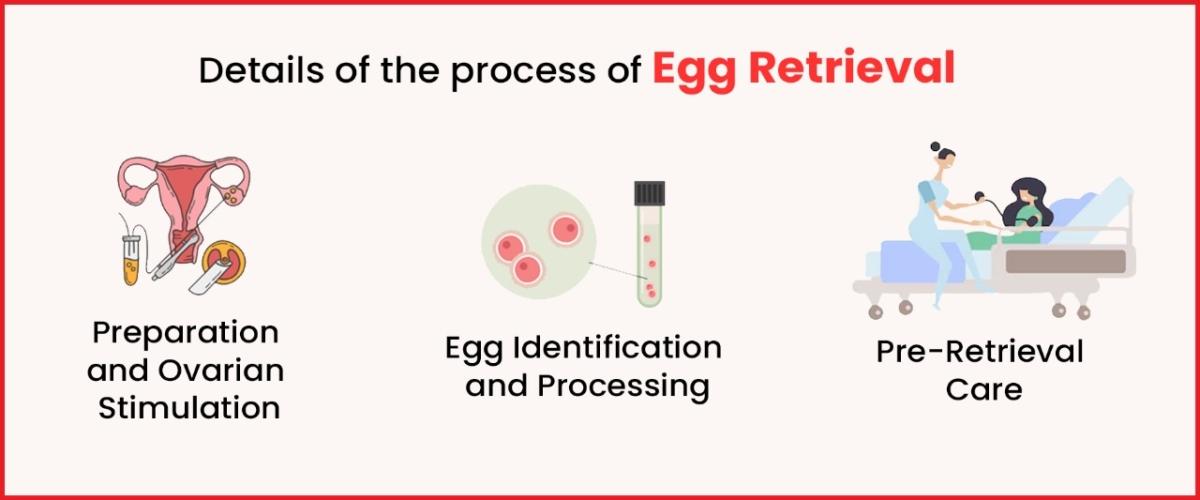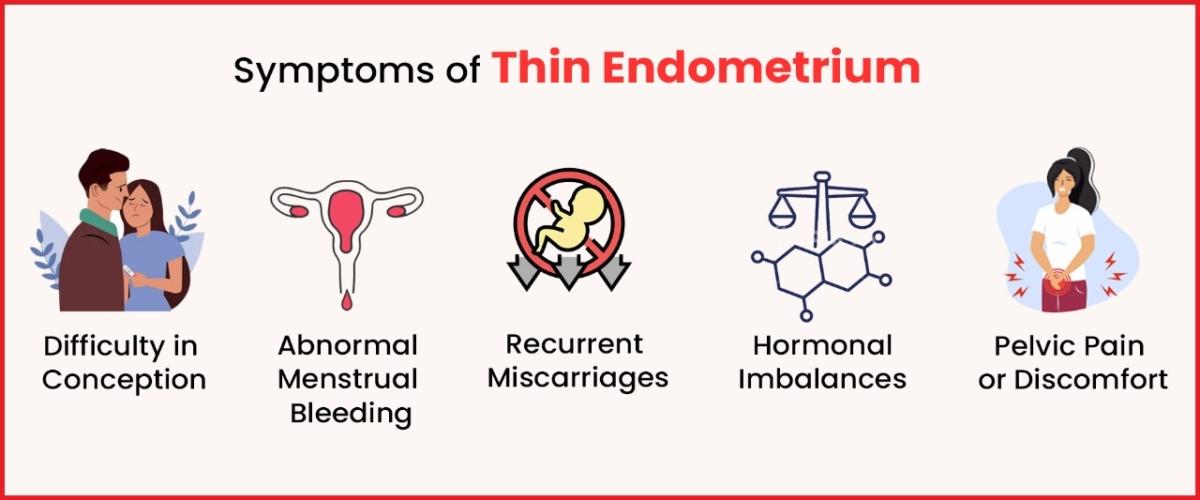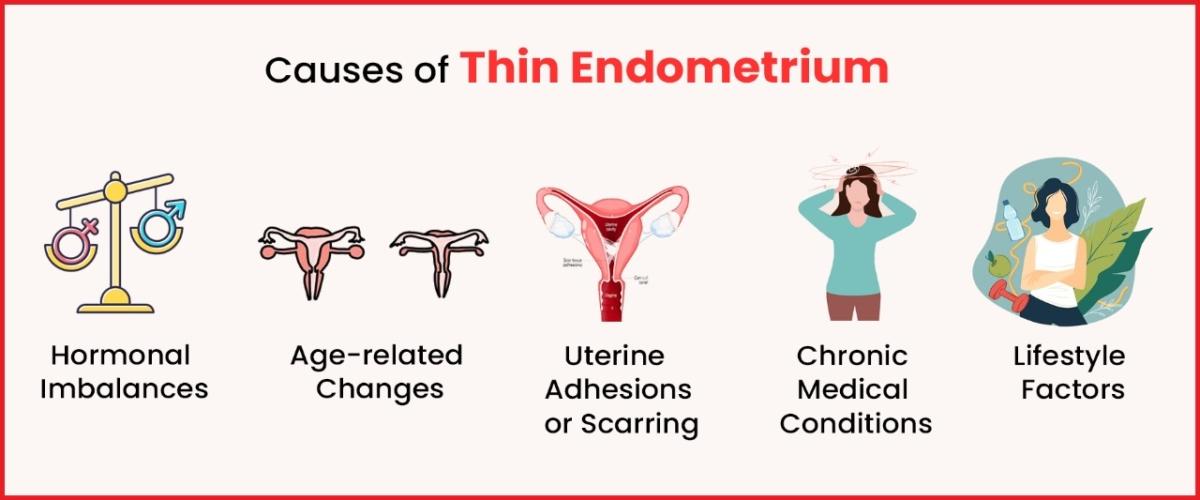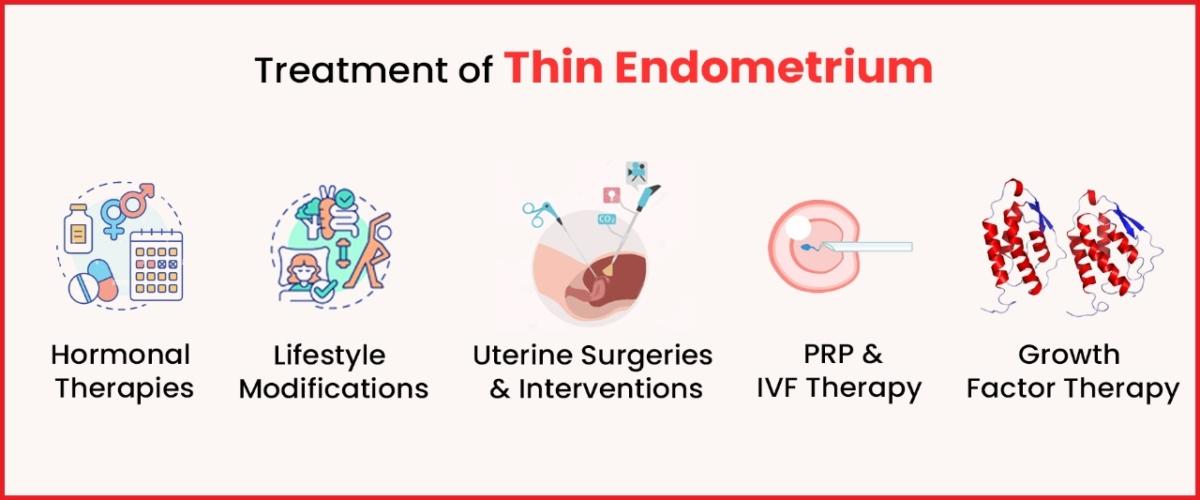Best IVF Centre in Jammu, Fertility Treatment in Jammu – Imprimis IVF
Best IVF Centre in Jammu – Our dedicated team is committed to providing personalised care, expert guidance, and compassionate support at every stage of IVF treatment in Jammu. We strive to make your journey toward parenthood as smooth and reassuring as possible.
Affordable & Best IVF Centre in Jammu
Looking for an IVF treatment in Jammu? You’re in the right place. Treatment success depends on the professional staff, the availability of modern equipment, and a high-quality laboratory. At Imprimis IVF, we pride ourselves on a medical team that can support patients with medical care while offering them a compassionate ear to listen to them. Our policy is to listen to our patients’ concerns to ensure they receive the best treatment.
At Imprimis, the best IVF Centre in Jammu, we pride ourselves on providing the best services at very cheap rates. Our well-mannered and professional staff, use of state-of-the-art equipment, and quality services ensure our patients have the best experience with us as we consider their budget. Being the largest test tube baby centre in Jammu, our approach is to offer end-to-end treatment to all those who seek our help to start a family. We pride ourselves in making treatment available with the lowest possible IVF Cost in Jammu—there is no greater joy than seeing our patients get the best treatment they need without having to dig deep into their pockets.
When to Consider IVF? Our IVF Experts’ Opinion

IVF is an assisted reproductive technique where an egg is fertilised by sperm in a lab, and the resulting embryo is transferred to the uterus to achieve pregnancy. IVF is often an option for individuals and couples dealing with various fertility challenges. Here are some common situations where IVF may be recommended:
1. Tubal Obstruction or Blocked Fallopian Tubes
Sometimes, the physical structures of the fallopian tubes are blocked or damaged, making it difficult for the egg and sperm to meet. IVF does not require the use of the fallopian tubes as it involves the use of eggs that are collected, fertilised in the laboratory, and then the embryo is placed in the uterus.
2. Male Infertility
Male infertility – A low sperm count, slow-moving sperm, or strangely shaped sperm can prevent the sperm from reaching the egg. IVF with ICSI is a technique whereby a single sperm is injected into the egg, thus enhancing the chances of fertilisation.
3. Advanced Maternal Age
The chances of conception decrease with age, particularly after the age of 35. IVF treatment in Jammu may help to produce more eggs, and genetic screening can be used to check for embryo defects and thus increase the chances of pregnancy.
4. Endometriosis
Endometriosis may involve the ovaries, fallopian tubes, as well as other structures in the pelvic region. IVF assists by picking up eggs from the ovaries, thus enhancing the possibility of pregnancy.
5. Previous Unsuccessful Fertility Treatments
In cases where medication or IUI have not succeeded, then IVF treatment has a better success rate. It offers more control over fertilisation and embryo development as compared to the traditional methods.
6. Recurrent Miscarriages
Genetic disorders in embryos lead to recurrent pregnancy loss. IVF treatment can be used in combination with PGT to enable the doctor to choose healthy embryos to be implanted, thus decreasing the likelihood of a miscarriage.
7. Unexplained Infertility
If the reason for infertility is not clear, then IVF treatment in the city of Jammu can be appropriate. It regulates fertilisation and early embryo development, thereby enhancing conception.
IVF Treatment Process Step-by-Step

At Imprimis, the best IVF centre in Jammu, we ensure that each stage of IVF treatment in Jammu is transparent and easy to understand. Here’s a straightforward breakdown of what to expect:
1. Ovarian Stimulation
In the first step, hormonal injections are given to the woman so that during one cycle, several eggs are matured in the ovaries to increase the chances of fertilisation.
This phase takes approximately 8-14 days, and in this phase, we use ultrasound scans and blood tests to check on the development of the follicles and hormonal levels. Depending on your response, it may be necessary to modify the doses of the medications for the best outcomes.
2. Egg Retrieval
Egg Retrieval – After the eggs are grown, they are harvested in a small procedure known as egg collection. On the same day, you get a trigger injection (hCG) to complete the process of egg maturation approximately 36 hours before this process.
The retrieval itself, which lasts for approximately 20-30 minutes, is done under anaesthesia using a thin needle with the help of ultrasound to extract eggs directly from the ovaries. Following it, there will be a short break, and, in most cases, you can be discharged on the same day.
3. Sperm Collection
This is done on the same day as egg retrieval, though fresh semen can be provided by the male partner. The sperm sample is then analysed in the laboratory to identify the best and most active sperm, which will then be used to fertilise the retrieved eggs.
4. Fertilisation
Fertilisation occurs in our laboratory, where the retrieved eggs and sperm are combined. In standard IVF treatment in Jammu, the eggs and sperm are placed together in a dish to allow fertilisation to occur naturally.
For cases of male infertility, we may use Intracytoplasmic Sperm Injection (ICSI), where a single sperm is directly injected into an egg. After fertilisation, we monitor the eggs for the next 18-24 hours to check for successful fertilisation.
5. Embryo Culture
The embryos, after fertilisation, are cultured in an incubator for 3-5 days when they start developing. At this time, we monitor their development and assess their quality. This is because only the healthiest embryos are transferred following certain guidelines, and this enhances the likelihood of conception.
6. Embryo Transfer
It takes only a few days after the eggs have been fertilised, and the best embryos are then transferred to the uterus. It is a relatively uncomplicated process in which the chosen embryos are inserted into the uterus through the cervix with the help of a catheter.
The procedure is normally not invasive, and the patient does not need to be put to sleep. Following the transfer, there will be a short break before going on to other activities in the day.
7. Post-Transfer Support
After the process of embryo transfer, hormonal support is given to make the uterine lining ready for implantation. This is usually accomplished with progesterone, which may be administered in the form of an injection, oral tablet or vaginal suppository.
We also advise on changes in behaviour, such as avoiding rigorous activities, and our team will be on hand for any queries during this important stage.
8. Pregnancy Test
About 10 to 14 days after the embryo transfer, a blood test is done to check if the embryo has implanted itself and if the lady is pregnant. This test is used to determine the level of hCG in the blood, which shows pregnancy.
If the result is positive, we will assist you in the process of further prenatal care. If the result is negative, we will be able to talk to you about further management and what will happen next.
Assisted Reproductive Technology (ART) Techniques

At Imprimis, the Best IVF Centre in Jammu, we provide a wide range of infertility services using modern facilities and advanced medical equipment. Led by Dr Rakesh Samal, a top gynaecologist(Dr Iram Shafi Akhoon) and fertility expert in Jammu, we offer treatments in the following areas:
IVF/ICSI (Intracytoplasmic Sperm Injection):
IVF involves fertilising eggs outside the body in a laboratory. ICSI is used for cases with fertilisation issues or abnormal sperm. Both procedures are performed at our Imprimis IVF Centre in Jammu without requiring overnight hospitalisation.
IUI (Intrauterine Insemination):
IUI places processed sperm directly into the uterus using a thin catheter. This quick, outpatient procedure is done without anaesthesia. Once ovulation is confirmed, the semen sample is prepared and injected. A pregnancy test is performed 15 days later.
Surrogacy:
For women with uterine conditions, medical risks, or those who have had a hysterectomy, we at the Imprims IVF Centre in Jammu offer surrogacy services. A surrogate will carry the pregnancy, with our clinic providing full support throughout the process.
Blastocyst Transfer:
We transfer embryos at the blastocyst stage (day 5) to improve the likelihood of pregnancy.
Fertility Enhancing Surgery:
Minimally invasive surgeries such as laparoscopy and hysteroscopy can address issues affecting fertility and improve pregnancy rates.
Growth Hormone Therapy:
Growth hormone supplements can enhance ovarian stimulation and ART success for those who respond poorly to standard treatments.
PICSI (Physiological ICSI):
PICSI selects mature sperm with minimal DNA damage for ICSI, improving fertilisation rates and lowering the risk of miscarriage.
Platelet-Rich Plasma (PRP):
PRP is used to improve the thickness of a thin endometrium, potentially increasing pregnancy rates.
Preimplantation Genetic Diagnosis (PGD):
PGD screens embryos for specific genetic disorders, which is useful for couples at risk of severe genetic conditions.
Preimplantation Genetic Screening (PGS):
PGS examines embryos for chromosomal abnormalities to ensure they have the correct number of chromosomes.
Fertility Preservation:
Fertility preservation is an option for those who are likely to undergo treatments that may impact their ability to conceive or those who would like to postpone childbearing. The eggs, sperm or embryos can also be preserved for future use.
Why Choose Imprimis, the Best IVF Centre in Jammu

Our Best IVF Centre in Jammu employs IVF specialists, clinical embryologists, specialised nurses, and other well-trained support staff. Each member is dedicated to providing professional advice and encouragement to the patients and collaboratively assisting them in obtaining the best treatment at the lowest cost possible.
- Comprehensive Care: Our package guarantees that the client gets all the necessary services without being charged for more services.
- Experienced Team: Take advantage of the professional services of our fertility experts, embryologists and other supportive personnel.
- State-of-the-Art Facilities: Get treated in the most advanced clinic, with all the amenities and state-of-the-art equipment.
- Affordable Pricing: It is our goal to provide affordable IVF costs in Jammu to as many patients as possible without having to sacrifice the quality of the service offered.
- Personalised Treatment Plans: Our services at the IVF Centre in Jammu are personalised to your needs and fertility treatment preferences.
IVF Treatment Cost in Jammu
Imprimis IVF Centre, located in Jammu, offers various Infertility treatments. IVF costs in Jammu start from ₹1,00,000 to ₹1,50,000, depending on individual medical conditions and specific treatment requirements.
Take the First Step Toward Parenthood with the Best IVF Centre in Jammu
Your dream of starting or growing your family is our top priority. Contact the Best IVF Centre in Jammu today to schedule a consultation and learn more about how our affordable IVF packages can help you on your journey.
Imprimis IVF Centre Branches: –
Best IVF Centre in Bhubaneswar








